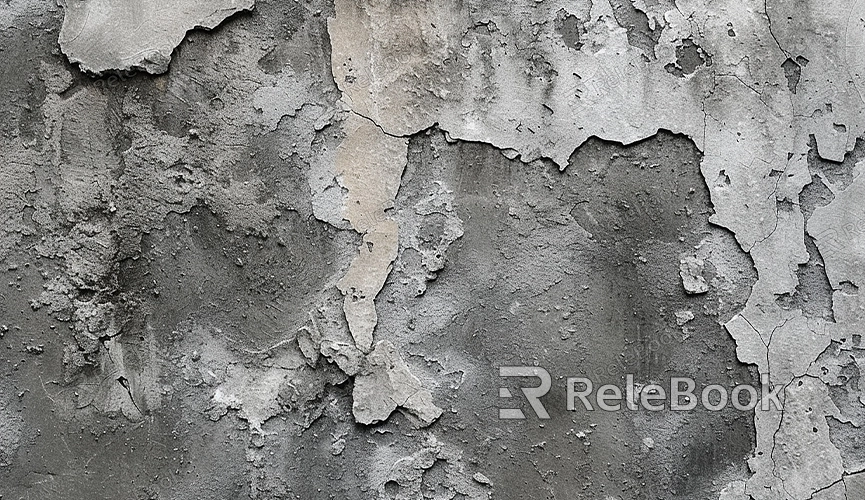Dirty Wall Texture can render what in Blender?
Dirty wall texture is a commonly used texture type in Blender, designed to simulate dirt, stains, and wear effects on the surface of walls. This texture can add realistic dirt effects to the walls, buildings, or scenes of 3D models, giving them a more authentic atmosphere. Its purpose is to add texture effects similar to dirt or stains on the surface of the model. By applying this texture, you can make the model's surface display dirt, stains, or other smudges found on walls, increasing the scene's realism and detail. This texture can include information such as dirt, color changes, spots, etc., on the walls, making the model look more realistic.
Mapping this texture to 3D models and scenes in Blender is not difficult. If you're unsure how to apply this type of 3D texture in Blender, you can follow these steps:
1. Import Texture: Import the required dirty wall texture material into the Blender project.
2. Create Nodes: Create a texture node in the node editor and connect the imported dirty wall texture to this node.
3. Adjust Parameters: Adjust the parameters of the texture node as needed, such as dirt density, color, size, etc., to achieve the desired dirty wall effect.
4. Apply to Model: Connect the texture node to the material node of the 3D model, ensuring the model is ready to receive the dirty wall texture.
5. Render Preview: Preview the dirty wall texture effect of the model in the render view and make adjustments as needed until you are satisfied with the result.

There are numerous examples of using this texture to render 3D models and scenes in Blender or other 3D design software, and the effects vary depending on different parameter adjustments. Below are common rendering applications of this 3D texture in Blender:
1. Ruin Scene Design: In ruin scene design, use dirty wall texture to add corrosion, mottling, and wear effects to the walls of buildings, creating a sense of ruins and desolation.
2. Old Building Rendering: In old building rendering, use dirty wall texture to add traces of years and a sense of history to the walls of old houses or castles, adding realism to the scene.
3. Street Scene Arrangement: In street scene arrangement, use dirty wall texture to add dirt and graffiti to the walls of buildings on both sides of the street, giving the scene a realistic urban street atmosphere.
4. Horror Game Design: In horror game design, use dirty wall texture to add bloodstains, stains, and damage effects to the walls of horror scenes, creating a tense and terrifying atmosphere.
5. Modern Art Exhibition: In modern art exhibitions, use dirty wall texture to add graffiti and abstract patterns by artists to the walls of the exhibition venue, adding an artistic atmosphere and personalization to the exhibition.
The effects of using this texture for rendering 3D models include:
Adding Realism: Dirty wall texture can add realistic dirt and wear effects to 3D models, making them more realistic and three-dimensional.
Setting the Atmosphere: Using dirty wall texture can create different atmospheres for scenes, such as ruins, old, horror, etc., adding specific emotions and feelings to the scene.
Enhancing Visual Appeal: Dirty wall texture can enhance the visual appeal of models, making them more attractive and expressive.
Dirty wall texture is a common texture type widely used in Blender to simulate dirt and wear effects on walls. Using this texture can add realism to 3D models. If you need many high-quality 3D textures and HDRI or 3D model downloads, you can download them from Relebook. After downloading, simply import the textures and 3D models into your project for immediate use.

